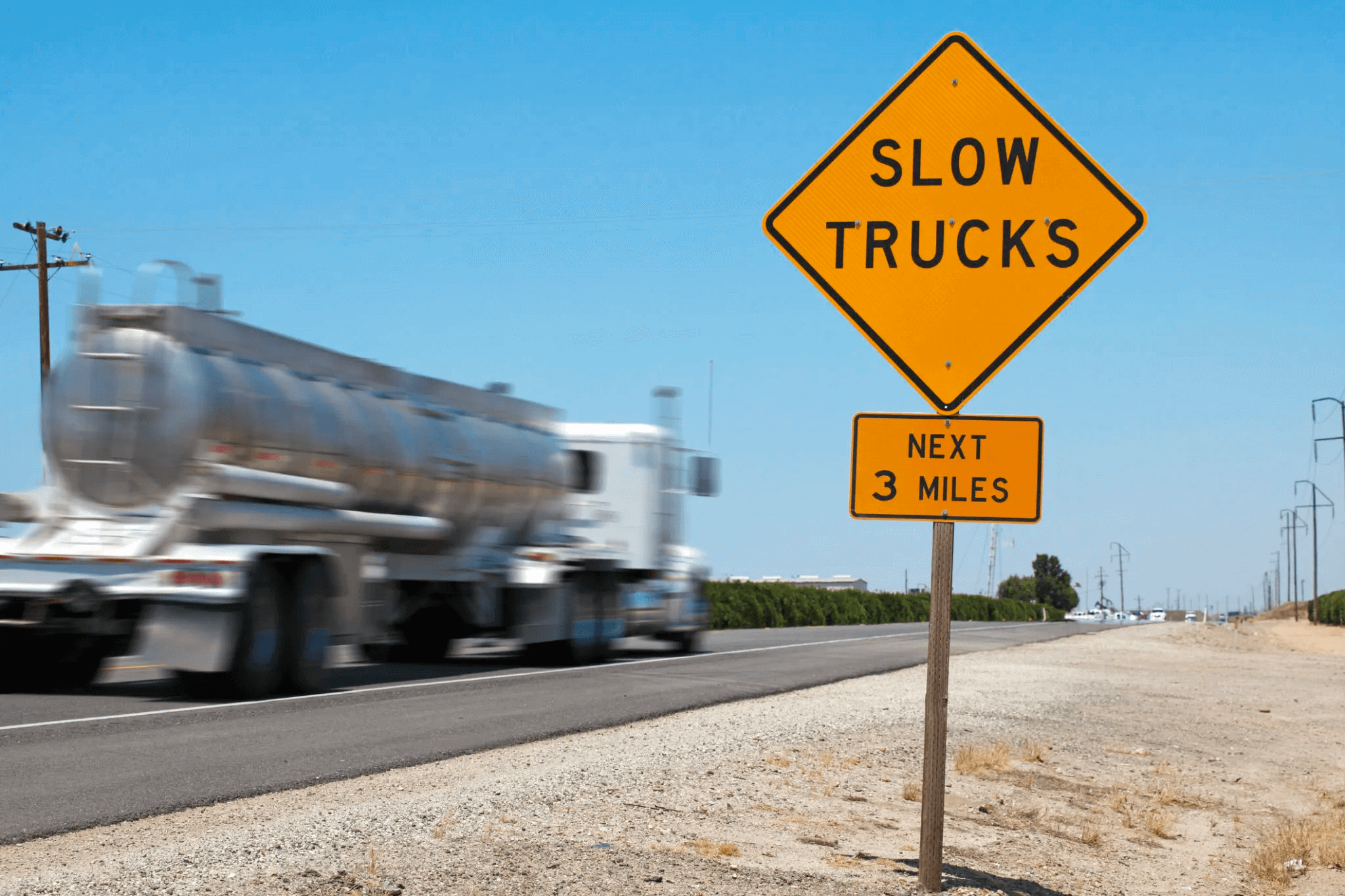
Two Ways Fleets Should be using ELD Data to Manage Risk
Trucking companies are a big target in today’s litigious society. The number of billboards, TV commercials, and clickbait ads from plaintiff attorneys prove it.
The legal system uses tort law and/or negligence to settle claims and the associated damages regarding auto crashes. To be held negligent, a party must be shown to have breached the duty of safe vehicle operations that a “reasonable person” would typically observe.
Using this textbook definition does not explain why motor carriers have lost the upper hand in court. Analysis of truck accidents show that professional drivers are at fault approximately 20% of the time, yet motor carriers end up paying for accidents 80% of the time.
Negligence is not the only factor at play. Motor carriers are often portrayed by plaintiff attorneys as bad actors who fail to take reasonable steps to prevent accidents. Use of this Reptile Theory has verdicts going far beyond paying for actual damages.
Generally, 30% of verdict amounts go towards the actual costs of bodily injury and property damages. The other 70% go towards punitive damages, which helps to explain why verdict amounts have increased by 335% between 2012 and 2019.
The latest technology can help fleets lean into the challenge of mitigating accident risks. Highly rated electronic logging devices (ELDs) and telematics systems provide a wide range of useful information that can be used to protect drivers, improve public safety, control rising insurance costs and strengthen customer relationships.
To see how, let’s examine the Top 2 ways fleets can use these systems to mitigate risk, and throw in a bonus “Genius Idea” to go the extra step in managing safety data.
1. Enforcing Policies
ELD and telematics systems automatically report unsafe driver behaviors by monitoring vehicle data and their own internal sensors that detect excessive speeds, g-force, and other risk behaviors.
Cameras add another layer of protection. When an ELD detects a speeding or a “hard-braking” event, for instance, an integrated camera system can use the trigger event to save and transmit video to the fleet for review.
Fleets using these telematics and camera systems seldom lack data. The greater challenge is to ensure that management of the data perfectly aligns with their own safety policies. Any space that exists between written policy and real-world practices will be exploited by a plaintiff’s bar.
The value of having policies against risk behaviors like speeding, not wearing seatbelts, and violating hours-of-service rules is understood. Speeding is a contributing factor in 27% of all truck fatalities. Not wearing seatbelts is a common factor in 39% of truck driver fatalities, and fatigue is a factor in 21% of fatal truck crashes.
Motor carriers must document what corrective actions they took after they received information from their ELD and telematics systems to show they are following their own safety policies.
For managing speeding events, Transflo Telematics developed in partnership with Geotab, which includes a built-in feature that alerts users when driver speeds exceed posted limits. Fleet managers can also use digital workflow tools to document corrective actions for speeding and other critical events.
2. Accident Reconstruction
When an accident occurs, ELD and telematics data can be the first line of defense. Video from camera systems provide the most compelling evidence of who is at fault. Having a detailed, accurate record of speed, braking, throttle, and other event data are needed to fill in the gaps.
Transflo uses the most accurate and detailed method available to record vehicle and driver data for purposes of accident reconstruction. GPS locations are within two or three feet of accuracy, and the platform uses intelligent “curve logic” algorithms that constantly watch for and record sub-second changes in speed, position, and engine information.
In the vehicle, a Transflo T-series device constantly monitors various inputs and determines the appropriate time to store a value. Comparatively, most telematics systems only use a simple time- or distance-based logging algorithm that reports data on a fixed schedule — about every five minutes. This may cause important high or low values to be missed.
Transflo’s curve logic provides detailed reports on driving behaviors and a more accurate representation of a critical safety event by logging the essential points on a graph and discarding redundant points.
Bonus: Genius Idea for safety reporting

Speeding and unsafe following distances are two of the most risky and common driving behaviors. Most ELD and fleet telematics systems are set up to report when drivers exceed a maximum speed and report a “hard-braking” event — a sign of following too closely. The standard typically used is a decrease of 9 mph or greater under one second.
The standard approach for reporting hard-braking events creates false positives. A telematics system may report a hard-braking event when a driver is backing under a trailer or coming to a sudden stop going 7 mph at a company yard, for example.
Fleets may want to pay especially close attention to speed at customer facilities, where a driver going more than 10 or 15 mph could be a safety hazard.
Transflo Telematics has a feature for users to create polygonal geofences around locations, such as a customer facility, and create rules for reporting activities inside that zone. A fleet could elect to report when speeds exceed 15 mph, for example, and limit reporting of hard braking events to those when speeds are above 10 mph.
To gather more practical, useful information on how to improve driver safety and performance using the latest advancements in ELD and telematics systems, please join Transflo’s complimentary webinar on Oct. 7, 2021 at 2:00 p.m. EST: “5 Genius Ideas to Use Your Data.” Register here.



